In 2024, gamification continues to be a powerful tool for boosting brand loyalty, engagement, and customer retention. It’s not just about points and badges anymore. Brands are evolving their strategies, integrating game mechanics to make customers feel involved and rewarded, leading to deeper engagement. Gamification taps into the psychology of motivation, encouraging users to return for more—and it works.
What Is Gamification?
Gamification refers to the use of game-like elements—such as challenges, rewards, leaderboards, and levels—in non-game contexts. By turning everyday brand interactions into engaging experiences, brands can foster deeper customer loyalty.
How Gamification Drives Loyalty
Gamification plays on our natural desire for rewards, competition, and achievement. Offering points, badges, or rewards for specific actions encourages customers to engage more with the brand. The more they interact, the more they want to achieve higher levels or unlock rewards. This builds loyalty naturally over time.
Spin That Wheel
Temu, the fast-rising e-commerce app, has perfected this with its wheel-spinning feature. Users log into the app to spin a virtual wheel for rewards like discounts, coupons, or free products. The thrill of this simple game keeps users coming back frequently. Even better, Temu links this to social sharing—users get more spins if they invite friends. This system helps Temu grow its user base while keeping current users engaged and coming back.
The Evolution of Gamification in 2024
Brands are now using gamification to build communities. Starbucks, for example, offers personalized perks and rewards that make users feel like they’re part of something exclusive. By shifting from basic points systems to more interactive, customized experiences, brands are keeping customers loyal for the long term.
Why Gamification Can Backfire
However, if done poorly, gamification can frustrate customers. If rewards feel meaningless or mechanics seem manipulative, users can disengage. Brands must integrate game mechanics in ways that feel natural and valuable to the customer. Otherwise, it can have the opposite effect, driving people away instead of bringing them back.
What’s Next?
In 2024, the future of gamification lies in personalization and community. Brands need to focus on creating tailored experiences, not just reward systems. Personalized achievements, social interactions, and gamified shopping experiences will define the next wave of customer engagement.
So?
Gamification has evolved. It’s not just about collecting points—it’s about creating meaningful, engaging experiences that keep customers coming back. The brands that succeed are the ones that seamlessly integrate these elements into their strategy, making customers feel like they’re part of something bigger. So, the question is, are you giving your customers rewards that matter, or are you just playing the game?



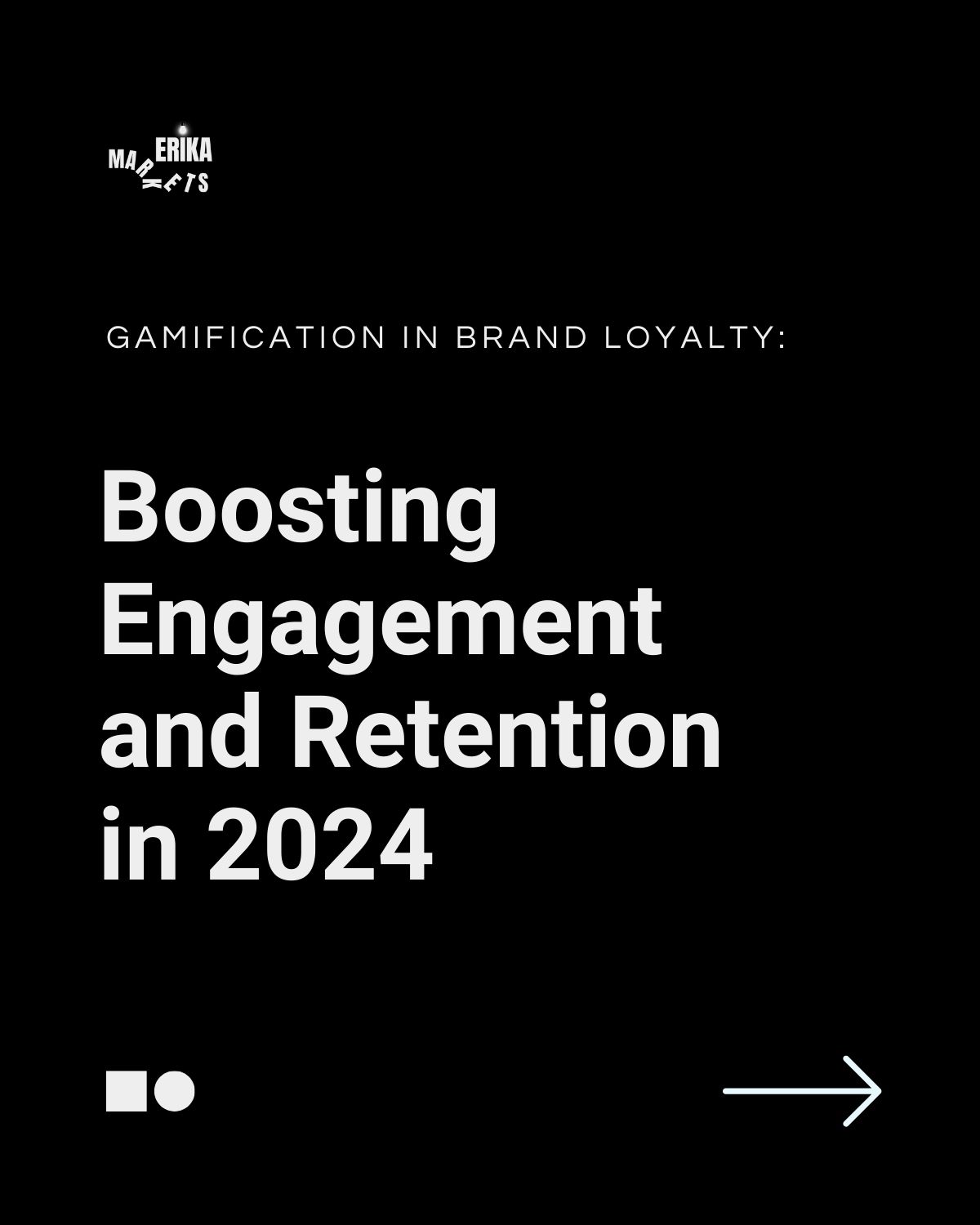

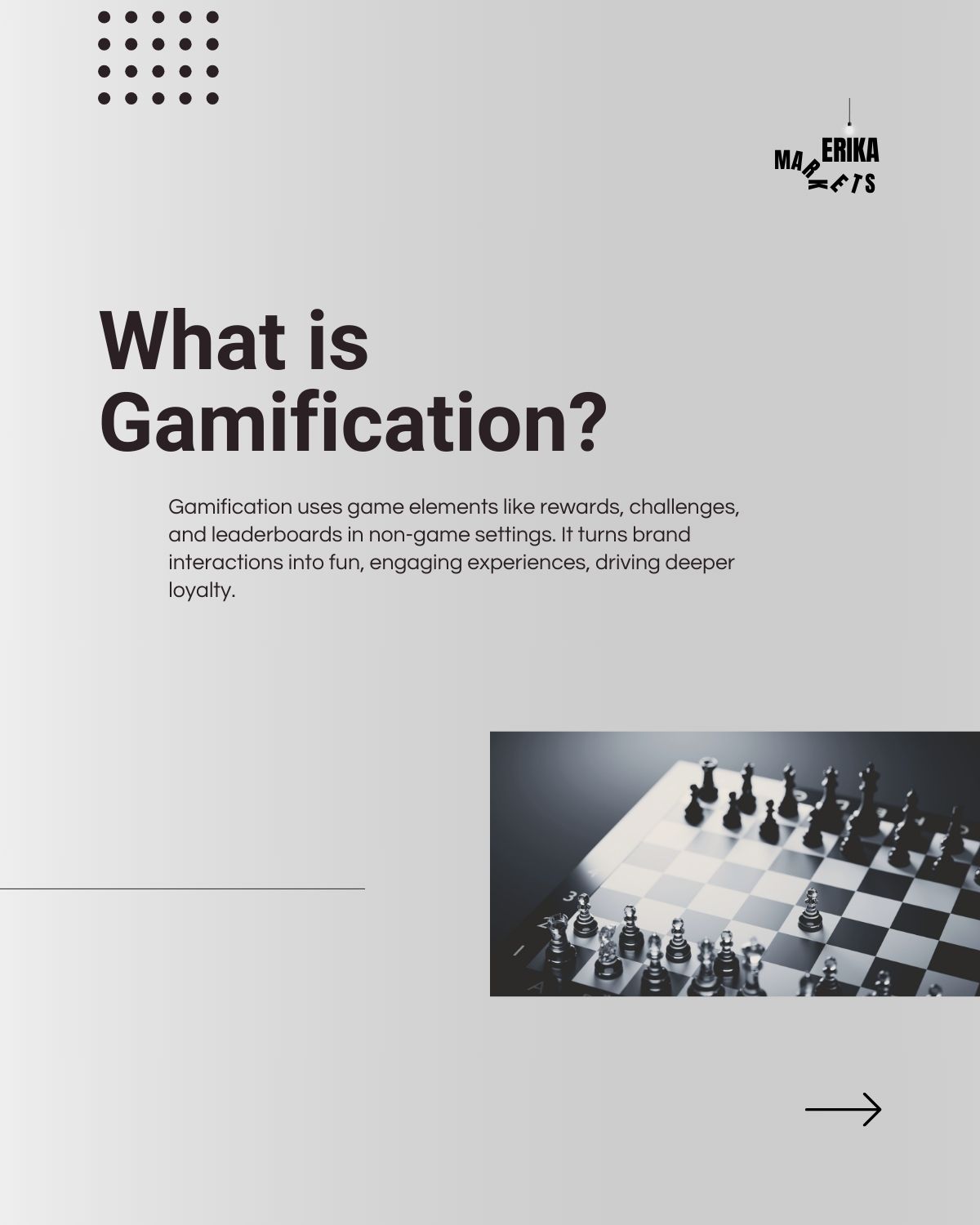

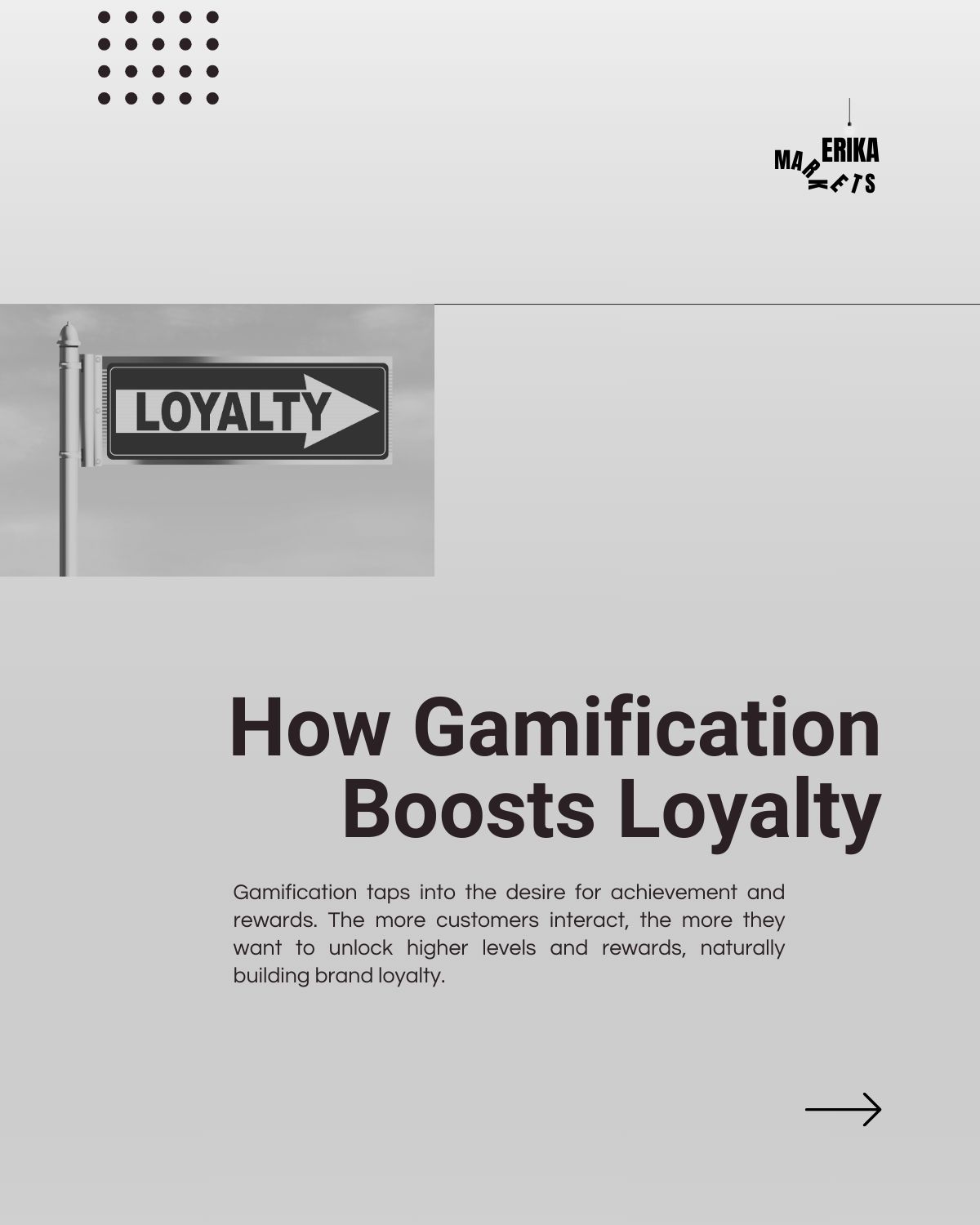

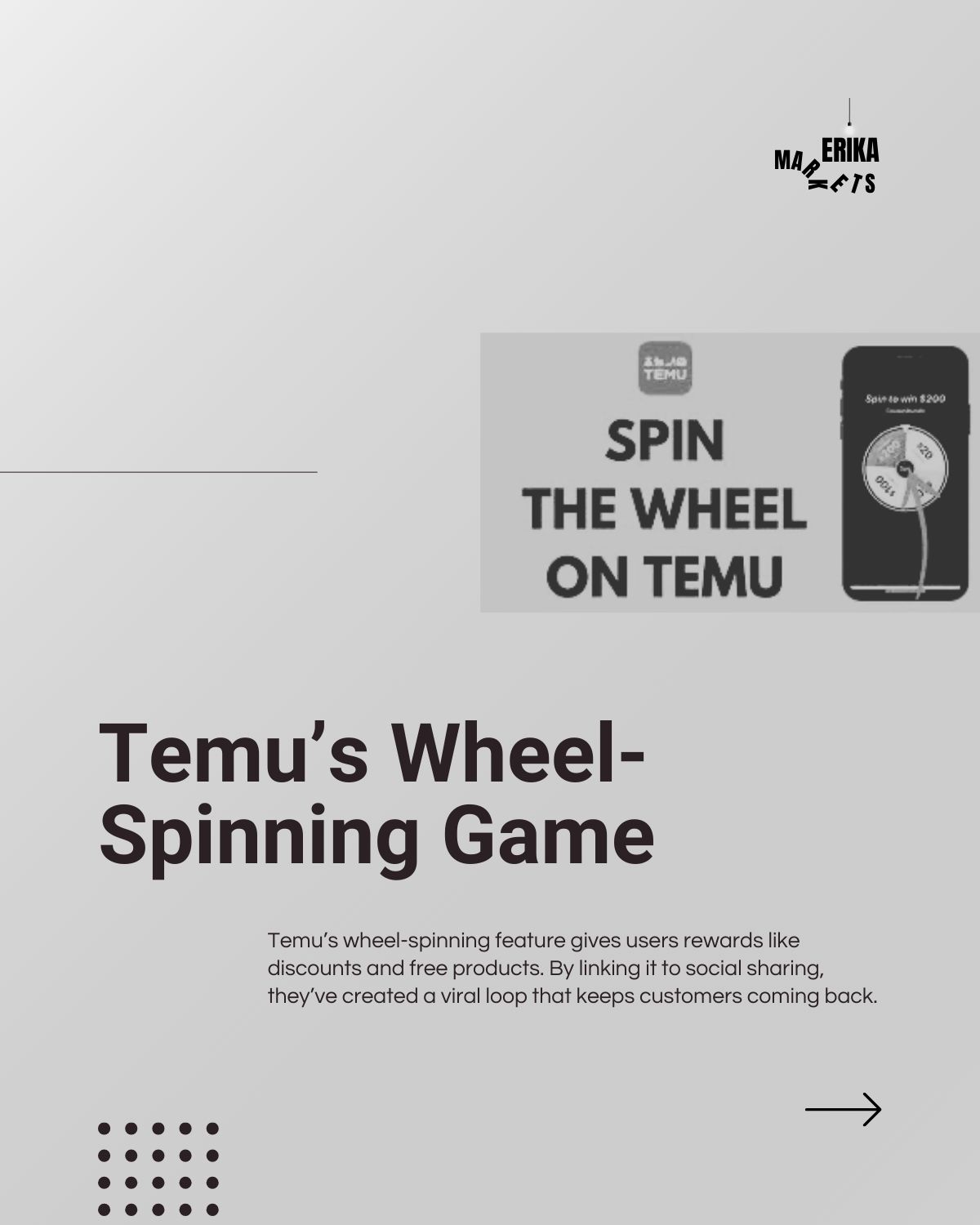

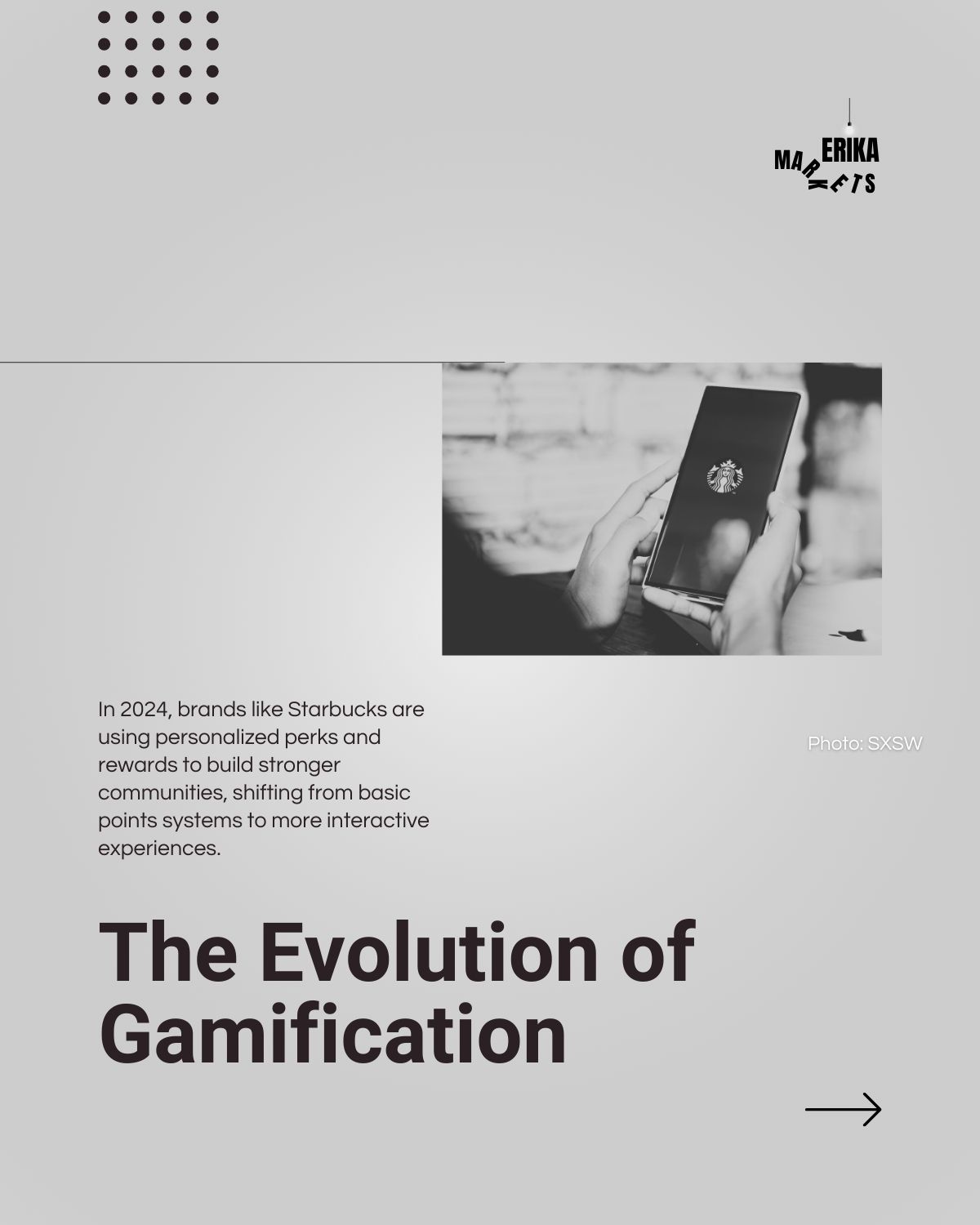

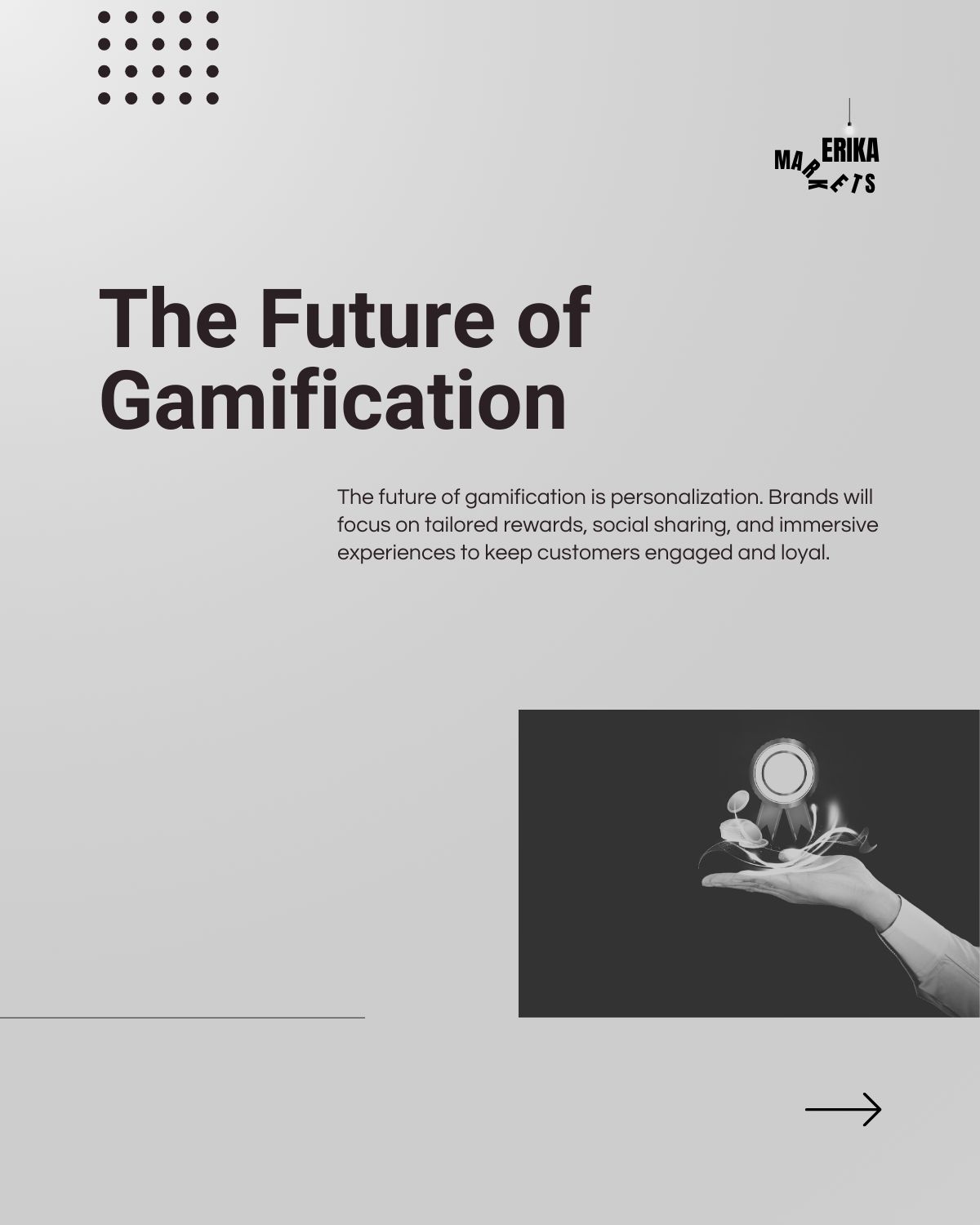
Comments